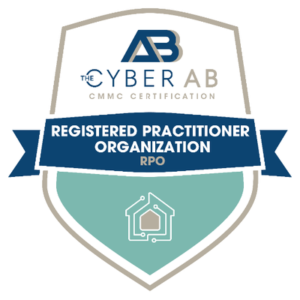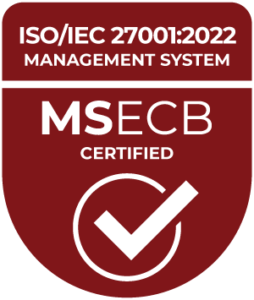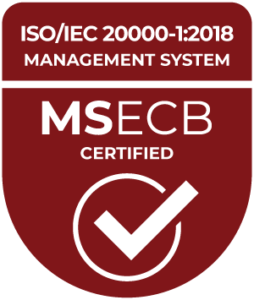Privileged access management (PAM) is a cybersecurity technique focusing on controlling access to critical systems and data within an organization. It aims to minimize the risk of data breaches and unauthorized access by managing privileged accounts – those with elevated permissions to access, modify or delete sensitive information.
How Privileged Access Management Reduces Breach Risk, Boosts Asset Protection
Here’s how PAM helps reduce the risk of data breaches and ensures robust protection for organizations:
- Least Privilege Principle: PAM enforces the principle of least privilege. This means users are granted the minimum level of access required to perform their jobs, which limits the potential damage if a privileged account is compromised.
- Session Monitoring and Recording: PAM solutions can monitor and record privileged user sessions, which helps identify suspicious behavior that could indicate a potential attack.
- Reduced Attack Surface: PAM limits the number of privileged accounts and restricts access only to those who need it for specific tasks, thereby reducing the potential targets for attackers to exploit.
- Stronger Authentication: PAM enforces multi-factor authentication (MFA) or other robust authentication methods for privileged accounts, making it much harder for unauthorized users to gain access even if they steal login credentials.
- Vaulting and Secret Management: PAM can securely store and manage privileged credentials (passwords, keys, certificates) in a central vault, which prevents them from being stored on individual devices or shared in plain text.
- Just-in-Time (JIT) Privileging: Some PAM solutions offer JIT provisioning, granting privileged access only for a limited time and specific tasks. This further reduces the window of opportunity for attackers to exploit compromised credentials.
Privileged Access Management Benefits for Organizations
PAM acts as a digital fortress around an organization’s critical data. By limiting access points, requiring stronger authentication and closely monitoring activity, PAM ensures only authorized users have the necessary permissions to access sensitive information, minimizing potential damage and safeguarding an organization’s most valuable assets.
- Reduced Data Breach Risk: By implementing these measures, PAM significantly reduces the risk of attackers gaining unauthorized access to critical systems and data.
- Minimized Insider Threats: PAM controls and monitors privileged access, mitigating the risk posed by malicious insiders or compromised accounts.
- Improved Compliance: PAM solutions help organizations comply with various data security regulations that mandate strong access controls for sensitive information.
- Enhanced Operational Efficiency: PAM automates many access control tasks, allowing IT staff to focus on other security priorities.
- Better Incident Response: With detailed logs and session recordings, PAM provides valuable data for investigating incidents and responding effectively to breaches.
PAM is just one piece of the cybersecurity puzzle. A comprehensive security strategy should include firewalls, intrusion detection systems, employee training and regular security assessments.
Looking to leverage PAM for your organization’s cyber defenses? MBL Technologies can help. We offer a wide array of cybersecurity services to help you identify weaknesses and implement cost-effective, targeted solutions. Contact us today to learn more.




